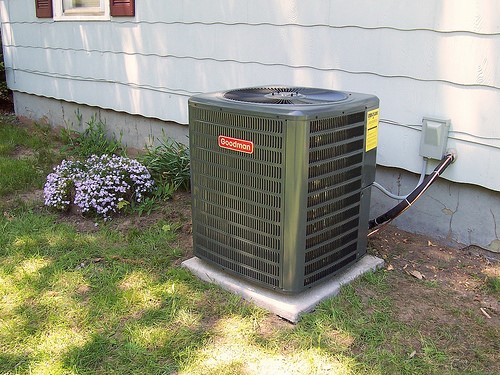Well, first of all, if you didn’t know, HVAC stands for Heating, Ventilation, and Air Conditioning. It is a system responsible for heating and cooling commercial buildings and residential houses. Just like the name of the system, each letter has its own purpose.

The system has three main functions, to heat, to cool, and to ventilate the buildings. Ventilation is the process of exchanging and replacing air in a specific space, to provide high-quality air. The system helps in removing moisture, smoke, dust, odors, carbon dioxide, heat, and other harmful elements. It is also responsible for controlling temperature and making a room more comfortable to stay in.
Benefits of Installing an HVAC System in Your Building
There are many ways installing an HVAC system in house or building can save you and make the place more comfortable;
- Installing an HVAC system saves you the cost of A/C. A/C is an essential element in just about any space; in the house, offices, etc. they are measured by Seasonal Energy Efficiency Ratio (SEER) and as long as the SEER is high, the savings are high too. This means you can get to save a lot if you replace your old, worn-out ACs with a new, high-efficiency, and powerful system.
- Comfort is the most important thing whether you are in your house going about your house chores, or whether you are in the office trying to make some money. If it is uncomfortably hot, you are not going to concentrate and that means less productivity.
But it doesn’t have to be like that if you invest in a high HVAC system. It provides better and even heating, great levels of the flow of air, and maintain constant temperatures. All of this contributes to a more cool, relaxed, and comfortable environment.
- Improving airflow is the first purpose of installing an HVAC system. Getting a high-efficiency system with variable speed will ensure perfect level airflow throughout your entire house.
- Modern systems have sound-absorbing materials, allowing you to just ‘feel’ your equipment and not really ‘hear’ it. This is as opposed to older models, which shake and rattle, every time they are on.
Installing a New HVAC System
Whether it is your first time installing an HVAC system or you need to replace your old equipment, chances are the process is quite unsure every time, you really don’t know what to expect. And while it shouldn’t always be stressful, it could be energy-draining going through finding contractors and installing the system. Here is a simple step by step guide to help you ease the process;
Step 1; Estimate the Cost/ installation and Replacement Costs
Before you start the whole process, you first need to have a rough idea of what figures you are expecting to spend. This calls for consultation with different contractors. And, never settle on the first. Find at least 3 to 4 estimates and determine which suits both your budget and needs the most.
Since this step alone could be quite long, you also don’t need to find 10 contractors in the name of estimating costs. The process involves a contractor coming to your home/ building, taking some measurements, and assessing the size, structure, and condition of your property.
Step 2; Choose Your Contractor
This is now after consulting with a few contractors and having them inspect your home/ building. Find the best one like Knoxville HVAC Pros. There are a couple of lists you need to check here;
- The first thing you want to do is to make sure they are licensed and insured.
- Then, make sure the estimate is signed and covers all areas of the HVAC replacement contract; the date to start and complete, every particular task needed to be completed, the system to be replaced, the price for every particular task, any other cost of additional material, the clean-up cost, and of course understand everything included in your warranty.
Step 3; The Installation of the HVAC System
This is the last step in all the hassle and bustle. This is the time you inspect everything to make sure everything is smooth and in order. You might need to inspect the compressor, the air handler, the ductwork, and such. Sometimes only one part may need replacement but even so, it is highly recommended to replace the entire system for maximum efficiency and functioning.




